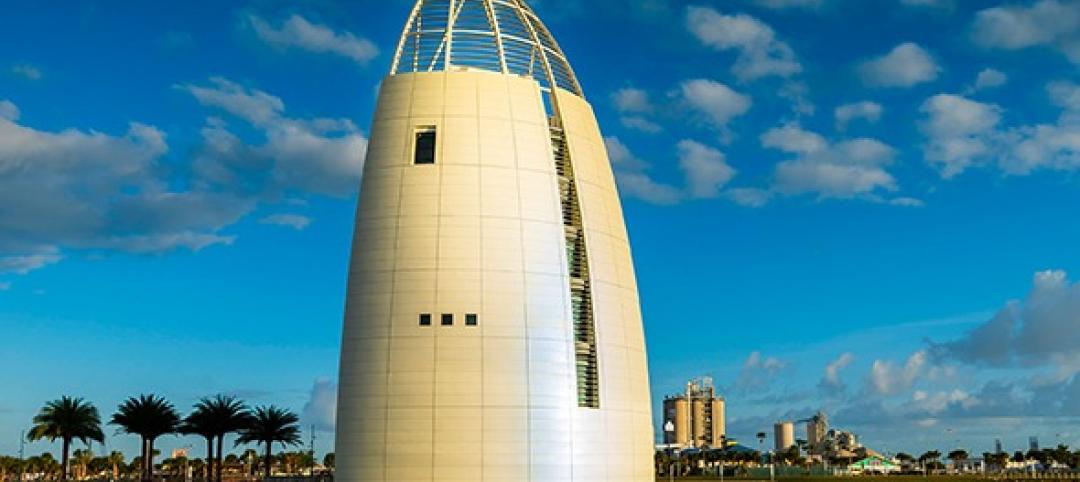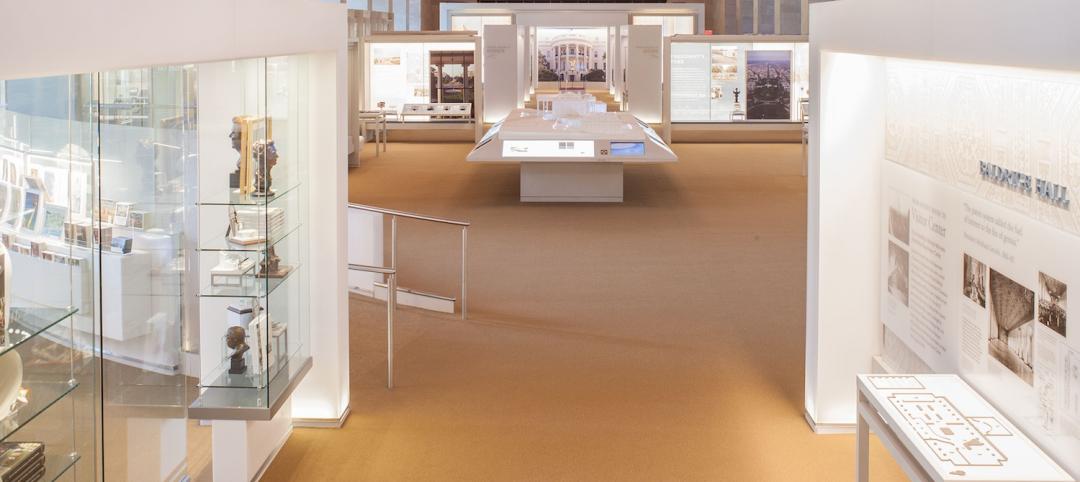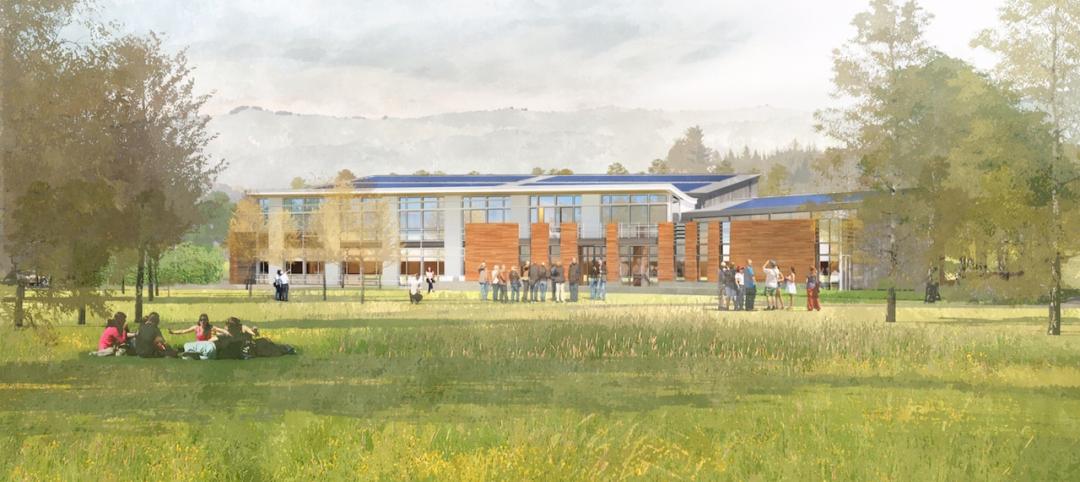On Tuesday, Preservation Chicago published its 2014 list of Chicago's 7 most threatened buildings.
On the list is St. Adalbert Church, designed by Henry J. Schlacks in 1874, with its notable 185-foot-high twin towers.
Also included are the Fisk and Crawford power plants, which, according to Preservation Chicago, "redeveloped and refined the mammoth production of electricity to a growing city and region at a magnitude not seen at that time. The success of these two facilities were copied and replicated around the world. Yet this all began in Chicago."
The Guyon Hotel made the list for the second year in a row.
Here's the full list (descriptions courtesy Preservation Chicago, Cinema Treasures, and Wikipedia):
1. St. Adalbert Catholic Church - Originally constructed for a Polish congregation in the Pilsen neighborhood, St. Adalbert Roman Catholic Church is a Renaissance Revival complex designed by noted church architect Henry J. Schlacks, who worked for a time in the offices of Adler & Sullivan. It’s soaring 185- foot twin towers are the highest structures in the Pilsen neighborhood and easily recognizable.
2. Crawford, Fisk Power Houses - The two enormous Fisk and Crawford electrical-generating coal-fired stations or power plants date from 1903 and 1926 and were originally considered engineering wonders of the modern world. Both plants are by noted architects and both achieved the previously impossible task of employing technology to create the world’s largest electrical generators, based entirely upon the steam engine turbine. These systems redeveloped and refined the mammoth production of electricity to a growing city and region at a magnitude not seen at that time. The success of these two facilities were copied and replicated around the world. Yet this all began in Chicago.
3. Guyon Hotel - Originally part of a large commercial business district on the city’s West Garfield Park neighborhood, the long and steady decline of the community has only further made the rehabilitation of this rare and magnificent Moorish Revival hotel more challenging. Constructed of red and cream brick with deep red terra cotta detailing, the Guyon Hotel’s interior is also in need of restoration. The site has had multiple owners over the years and was finally converted from a residential hotel to single- room-occupancy apartments in the late 1980s. Listed 2012 on Landmarks Illinois’ 10 Most Endangered list and last year on our Chicago 7 list in 2013, the Guyon’s sheer magnitude and scale make the structure a formidable building to renovate and restore.
4. Francis Scott Key Public School - The Francis Scott Key Public School, designed by Dwight Perkins, was among the nearly 50 schools that were closed by the Chicago Public Schools in 2013. Key is one of the schools in a high state of preservation and designed by a noted architect that is now vacant and lacks a new use plan.
5. Madison/Wabash Station House - The Madison/Wabash elevated station house and metal canopies located on Chicago’s historic Loop Elevated is the last original station on the east section of the Loop to retain its original station house. Most of the others were removed or destroyed beginning in the 1950s. It displays marvelous classical detailing, pilasters and ornamental stamped metal. This station house forms a backdrop to the historic Louis Sullivan- designed Schlesinger & Mayer/Carson Pirie Scott building along with the adjacent buildings by D. H. Burnham and Holabird & Roche. It’s also situated atop the Jewelers’ Row Chicago Landmark District.
6. The Jeffrey Theater - The Jeffery Theater, constructed in 1923 in the heart of the South Shore neighborhood’s then-bustling commercial center, E. 71st Street between Euclid Avenue and Jeffery Boulevard, was opened a year later as a vaudeville and movie house for the Cooney Brothers circuit. The Neo-Classical style theater could seat just under 1,800, and was designed by architect William P. Doerr (who also designed the Neo-Georgian style East Park Towers in Hyde Park). It had a tall vertical marquee which rose over the facade of the theater, and could be seen up and down 71st Street. Description source: Cinema Treasures
Related Stories
| Nov 7, 2014
NORD Architects releases renderings for Marine Education Center in Sweden
The education center will be set in a landscape that includes small ponds and plantings intended to mimic an assortment of marine ecologies and create “an engaging learning landscape” for visitors to experience nature hands-on.
| Oct 20, 2014
UK's best new building: Everyman Theatre wins RIBA Stirling Prize 2014
The new Everyman Theatre in Liverpool by Haworth Tompkins has won the coveted RIBA Stirling Prize 2014 for the best building of the year. Now in its 19th year, the RIBA Stirling Prize is the UK’s most prestigious architecture prize.
Sponsored | | Oct 19, 2014
The Exploration Tower in Port Canaveral dazzles visitors
With a mission to provide the experience of a lifetime, the Exploration Tower at Port Canaveral, Fla., is designed to inspire, as visitors learn about the history and nature of the port and beyond. SPONSORED CONTENT
| Oct 19, 2014
White House Visitor Center reopens in Washington, D.C.
Designed by SmithGroupJJR and Gallagher & Associates, renovated center shows public its unique role as office, stage, museum, park, and home.
| Oct 17, 2014
OMA, OLIN design unanimously chosen for D.C. elevated park
In the design, the ends of the bridge are pulled upward to form an "X" shape. It allows ample room for add-ons such as a cafe and performance space, in addition to open space for plazas, lawns, and urban agriculture plots.
| Oct 16, 2014
Perkins+Will white paper examines alternatives to flame retardant building materials
The white paper includes a list of 193 flame retardants, including 29 discovered in building and household products, 50 found in the indoor environment, and 33 in human blood, milk, and tissues.
| Oct 16, 2014
Rocky Mountain Institute breaks ground on net-zero Innovation Center
Encompassing the Rocky Mountain Institute’s 32 years of innovation, the new 15,610 square-foot facility will exhibit the principles of integrative design and energy and resource efficiency.
| Oct 15, 2014
Harvard launches ‘design-centric’ center for green buildings and cities
The impetus behind Harvard's Center for Green Buildings and Cities is what the design school’s dean, Mohsen Mostafavi, describes as a “rapidly urbanizing global economy,” in which cities are building new structures “on a massive scale.”
| Oct 15, 2014
First look: Blueprint revealed for proposed High Line project in Queens
Yet another High Line-esque project has been proposed, this time in Queens. A blueprint has been developed for a 3.5-mile stretch of abandoned railroad tracks, which would connect Rego Park to Ozone Park with a walkway and bike path.
| Oct 14, 2014
Proven 6-step approach to treating historic windows
This course provides step-by-step prescriptive advice to architects, engineers, and contractors on when it makes sense to repair or rehabilitate existing windows, and when they should advise their building owner clients to consider replacement.

















